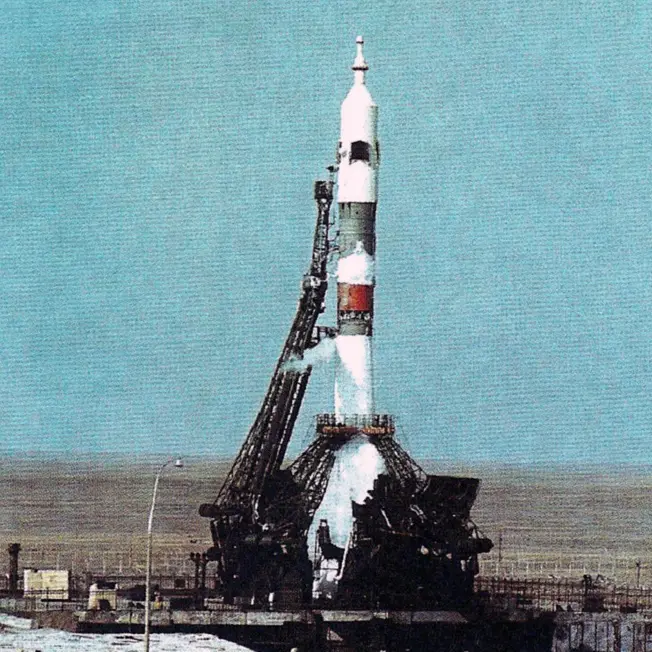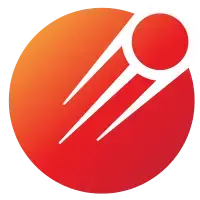Cosmos 133
Launch Success
Liftoff Time (GMT)
11:00:00
Monday November 28, 1966
Mission Details
Launch Notes
First flight of the Soyuz rocket, and of the Soyuz vessel for an uncrewed test flight.
Cosmos 133
Cosmos 133, or Soyuz 7K-OK n°2, was the first uncrewed test flight of the Soyuz spacecraft, and first mission of the Soyuz programme, as part of the Soviet space programme. This is Soyuz's 1st flight. Cosmos 133 was planned "all up" test, to include an automated docking with a second Soyuz (Soyuz 7K-OK No.1), which was scheduled for launch the day after Cosmos 133. Cosmos 133 was operated in a low Earth orbit, at an epoch of 28 November 1966, it had a perigee of 171 kilometres, an apogee of 223 kilometres, an inclination of 51.9°, and an orbital period of 88.4 minutes. Problems found during ground testing of the second spacecraft resulted in its launch being delayed, and it was destroyed when its carrier rocket exploded on its launch pad following a scrubbed launch attempt in December. Before this, the attitude control system of Cosmos 133 malfunctioned, resulting in rapid consumption of orientation fuel, leaving it spinning at 2 rpm. After large efforts by ground control and 5 attempts at retrofire over two days, the craft was finally coming down for a landing. Due to the inaccuracy of the reentry burn, it was determined that the capsule would land in China. The self-destruct command was given and the satellite exploded 30 November 1966 at 10:21 GMT. The Soyuz is a Soviet crewed spaceship, developed to made manned lunar missions. This version called 7K will fly 4 times on the giant launcher N1, and several tens of times on Proton to fly over the Moon, which will be successful during the mission Zond 4. Soyuz will become the first spacecraft to transport living beings to the Moon during the flight of Zond 5, with two turtles. Subsequently, it is adapted to low orbit and will fly on the Soyuz launcher to serve the Salyut and Mir stations and the ISS.
Low Earth Orbit
1 Payload
6,453 kilograms
Launch Site
Stats
Soyuz
1st
Mission
1st
Mission of 1966
OKB-1
213th
Mission
48th
Mission of 1966
1966
118th
Orbital launch attempt

